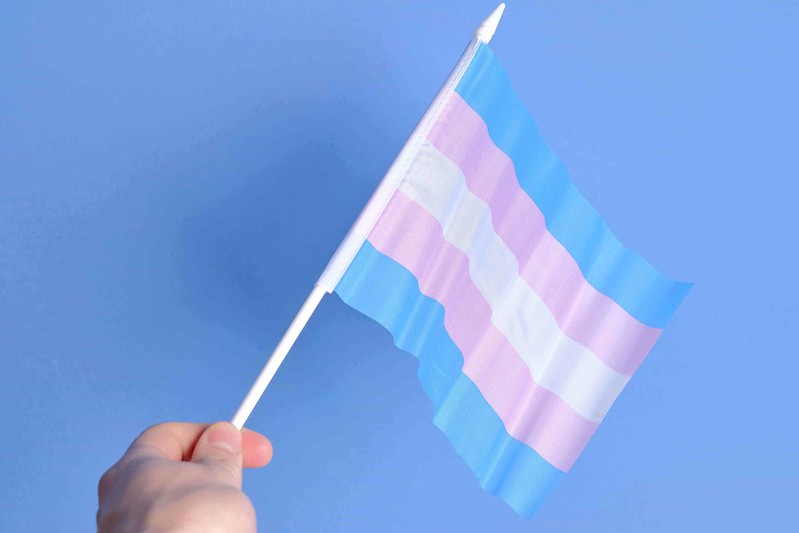The World Health Organization celebrates World Immunization Week from April 21 to April 28. This year, the week coincides with exciting developments in the world of vaccination. Haiti and Ghana are stepping up current routine vaccination efforts and introducing new vaccines. In the United States, researchers make vaccinations more pleasant for patients, parents, and providers.
Haiti: Boosting Vaccination Rates
This weekend, Haiti launched a nationwide vaccination campaign that targets several childhood diseases. Routine vaccination rates are very low in Haiti. Only half of one-year-olds have been vaccinated against measles and polio. However, Health Minister Dr. Florence Duperval Guillaume hopes to change that. The new campaign aims to vaccinate 90 percent of Haitian youth, at no cost to the kids or their families.
The first round of vaccinations includes measles, rubella, and polio. Vaccinators will later distribute the pentavalent vaccine, a combination that protects against diphtheria, tetanus, pertussis (whooping cough), hepatitis B, and Hib (a leading cause of pneumonia). This ambitious campaign is funded by the GAVI Alliance, The Bill and Melinda Gates Foundation, and the Centers for Disease Control and Prevention, among others.
The child vaccination drive arrives as the long-awaited cholera vaccination campaign (previously described on the Disease Daily) is in full swing.
Ghana: A First for GAVI
Meanwhile, Ghana prepares to roll out two new childhood vaccines with the help of the GAVI Alliance. Starting April 26, Ghana will introduce the pneumococcal and rotavirus vaccines to protect against pneumonia and severe diarrhea, the top two killers of children worldwide. This is the first time any GAVI-eligible country has launched two vaccine campaigns at the same time.
Any new vaccination campaign requires a lot of planning- training staff, communicating the benefits to the public, and ensuring cold chain capacity. The “cold chain” refers to keeping vaccines refrigerated, as many are not heat-stable and thus unusable unless kept cold. Some developing countries have uneven electricity access, making this a real challenge.
Nonetheless, people on the project believe Ghana can pull it off. Dr. Frank Byonator, Executive Director of the Ghana Health Service, cites Ghana’s high rates of vaccination for existing vaccines, attaining 80 percent coverage in recent years. Mercy Ahun, GAVI’s Special Representative to GAVI-Eligible Countries, believes that Ghana has a strong system in place and can set an example for other countries.
Learn more about this history-making endeavor with this video.
United States: Easing Infant Pain and Parental Anxiety
Immunization Week highlights routine childhood immunization as an essential tool to prevent debilitating and deadly diseases. But even parents who understand this and want to give their children all the recommended immunizations may still feel anxious or upset by the thought of a shot and the subsequent discomfort felt by the infant. No one, including providers like doctors or nurses, wants to cause a baby pain.
To lower the child’s discomfort, providers have tried different tactics. Analgesics (like acetaminophen or ibuprofen) may reduce pain but research shows they may also diminish the protective effect of the vaccine. Other methods include giving the baby a little sugar water, distracting the baby with a toy, or breastfeeding during the injection.
Recently, researchers at the Children’s Hospital of King’s Daughters in Virginia tested whether a physical intervention known as “the 5 S’s” could help calm infants after receiving an immunization. The 5 S’s, from Dr. Harvey Karp’s book The Happiest Baby on the Block, include swaddling the baby, placing him or her in a side/stomach position, making shushing sounds, swinging the baby, and giving the baby a pacifier to suck.
To test this physical intervention against an established standard of care (sugar water), the researchers enrolled 234 infants during their two- and four-month-old well-baby visits. All the infants were scheduled to receive a series of routine vaccinations.
Researchers divided the infants into four groups: a control group, a sucrose group, a physical group, and a physical and sucrose group. The control group was given a small amount of water two minutes before the shots and then comforted by a parent or guardian afterwards. The sucrose group was given an equally small amount of sugar water solution before the shots and later comforted by a parent or guardian. The physical group was given water then, after the shot, received the physical intervention (at least four of the five S’s from a researcher). Finally, the physical and sucrose group received both sugar water and the physical intervention.
All babies were then graded on a pain scale and timed for how long they cried after the shots.
It turned out the physical intervention (the 5 S’s) resulted in reduced pain scores and decreased crying time when compared to infants in the control or sucrose-only groups. In fact, babies who received the physical intervention stopped crying within an average of 45 seconds. Many parents were so impressed by the technique that they requested a lesson in the 5 S’s!

